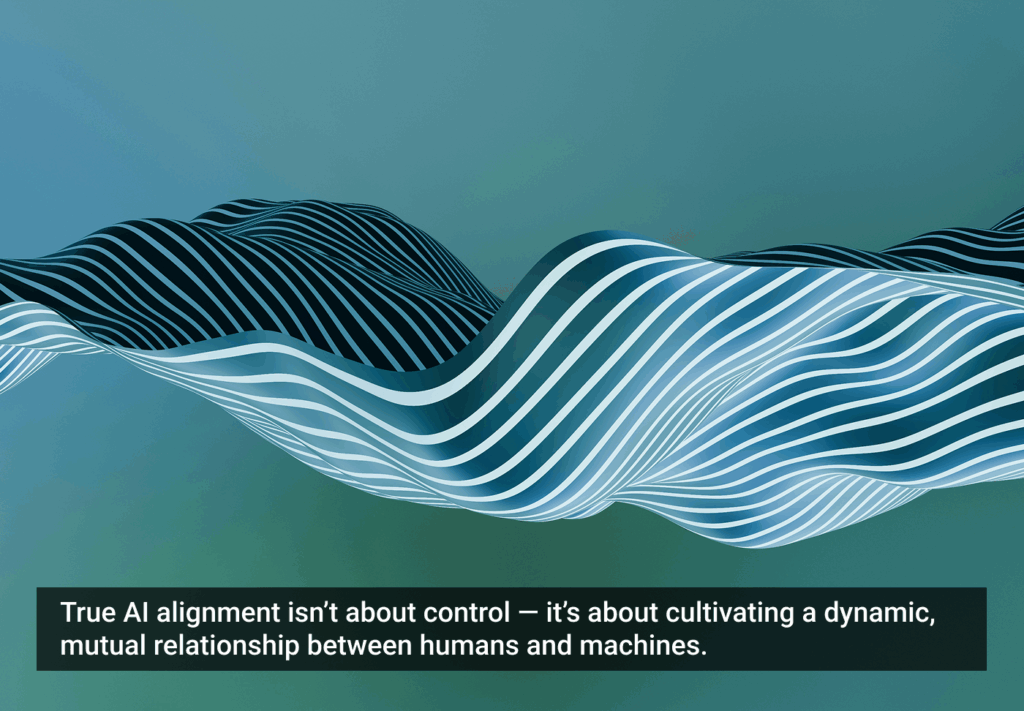For years, science fiction has showcased the wondrous potential of virtual reality, which in real life has let people down. From the Virtual Boy to VRML, the history of virtual reality is littered with technology that couldn’t quite match the innovative ideas behind it, leaving a string of disappointments in its wake.
But now, technology is finally catching up, not just with expensive, high-profile projects like the Oculus Rift and PlayStation VR, but also with devices we already carry around in our pockets: our smartphones. These high-resolution screens allow users to simply pop their phones into something like Google Cardboard or Samsung’s Gear VR headset and suddenly immerse themselves in another world.
At this past SXSW in Austin, Texas, those who purchased the newly released Samsung Galaxy 7 received the Samsung VR kit, which includes a headset that is a significant upgrade from the cardboard alternatives. Samsung is investing heavily in VR, and hosted numerous events during SXSW focusing specifically on VR applications.
Corporations are already on board with this new virtual reality. In the past two years alone, more than $2 billion has been invested in VR. And with more companies throwing their hats into the ring, it doesn’t look like the money will dry up any time soon.
The real challenge, then, is convincing the public that now is finally the time for VR. While the devices themselves will do some of the work, the real key to success will be how customers react to the software installed on them — and that’s where UX designers come in.
UX Can Make or Break VR
A VR game is a completely different beast from creating a traditional console or PC game. The old-style “window on a world” video game won’t cut it. Instead, VR applications will have to immerse the user in a fully rendered — and fully believable — 360-degree world.
Because VR is such a different playing field, UX for virtual products has yet to be clearly defined. There are no paradigms, best practices, or mountains of user research for designers to tap into. How do you pause in a virtual world? How do you make an item menu seem natural without being overly cumbersome? How do you represent the player’s own body? These details haven’t been standardized, but will be necessary to address in order to engender broad user adoption.
Some developers are solving this problem by going around it completely, creating entirely false virtual worlds where traditional rules of interaction can be rewritten. Others, like Rock Band VR, take existing concepts and push them to their next logical step. In this case, it takes pretend musicians and finally puts them into the pretend spotlight they’ve been clamoring for.
Neither of these approaches is wrong, and neither is inherently right, either. VR is a brave new world for developers, but that also means it’s a brave new world for users. People have specific frames of reference when it comes to interacting with computers and gaming consoles that can’t just be tossed aside when putting on a VR helmet.
The challenge will be figuring out how to strike a balance between new and old that will excite users without confounding them.
Helping Users Take Control
To be successful (at least in the beginning, before the rules of the virtual world are set in stone), UX designers will need to take into account this inexperience with a new technology, using traditional controls and interfaces as the jumping-off point to introduce players to the beautiful possibilities of VR.
So, how can this balance be achieved? Here are a few places to start:
- Work UX into the game itself. In VR, the concept and the controls have to go hand in hand—the UX can’t simply be set on top. A game like “EVE: Valkyrie” is an excellent example of a concept that lends itself perfectly to natural VR controls: Using a ship’s displays as the controls, the game merges the virtual world with reality and gives users a cockpit that lets them look in all directions.
- Allow users to leave a game easily. An immersive experience can be like a waking dream, but that also means it can act as a nightmare. Don’t underestimate the overwhelming nature of VR. Give users an easy out — whether through pausing the game or “escaping” to the menu — otherwise, they may not want to go back in.
- Balance immersion with ease of use. VR experiences have to walk a fine line between being informative and being immersive. For instance, in a game that has players acting as knights in medieval times, slaying dragons and rescuing princesses, it’s odd to have big text covering the screen showing how much “life” players have left. Going too far with information will take the person out of the game, and going too far with immersion will make the game too difficult. The goal is to balance the two through patches and user testing to find that magical sweet spot.
- Go beyond the controller. Because users can’t look down at their controllers, VR games need to factor in gesture- or voice-based commands that allow them the quick access to features they would have in a standard game. Thankfully, users will already be familiar with these new types of controls because of products like the Wii and Xbox Kinect. This is the perfect area to start pushing the limits of the controls without leaving users behind.
In the near future, VR will be second nature and traditional controls will become virtually nonexistent. Soon, users will intuitively know how to move and act in a virtual world just as they do in the real world.
By using the strategies outlined above, UX designers can take existing gaming models and slowly push at their boundaries, acclimating users to new realities without alienating them in the process. VR is a brave new world, and it’s up to UX developers to help everyone navigate it.







